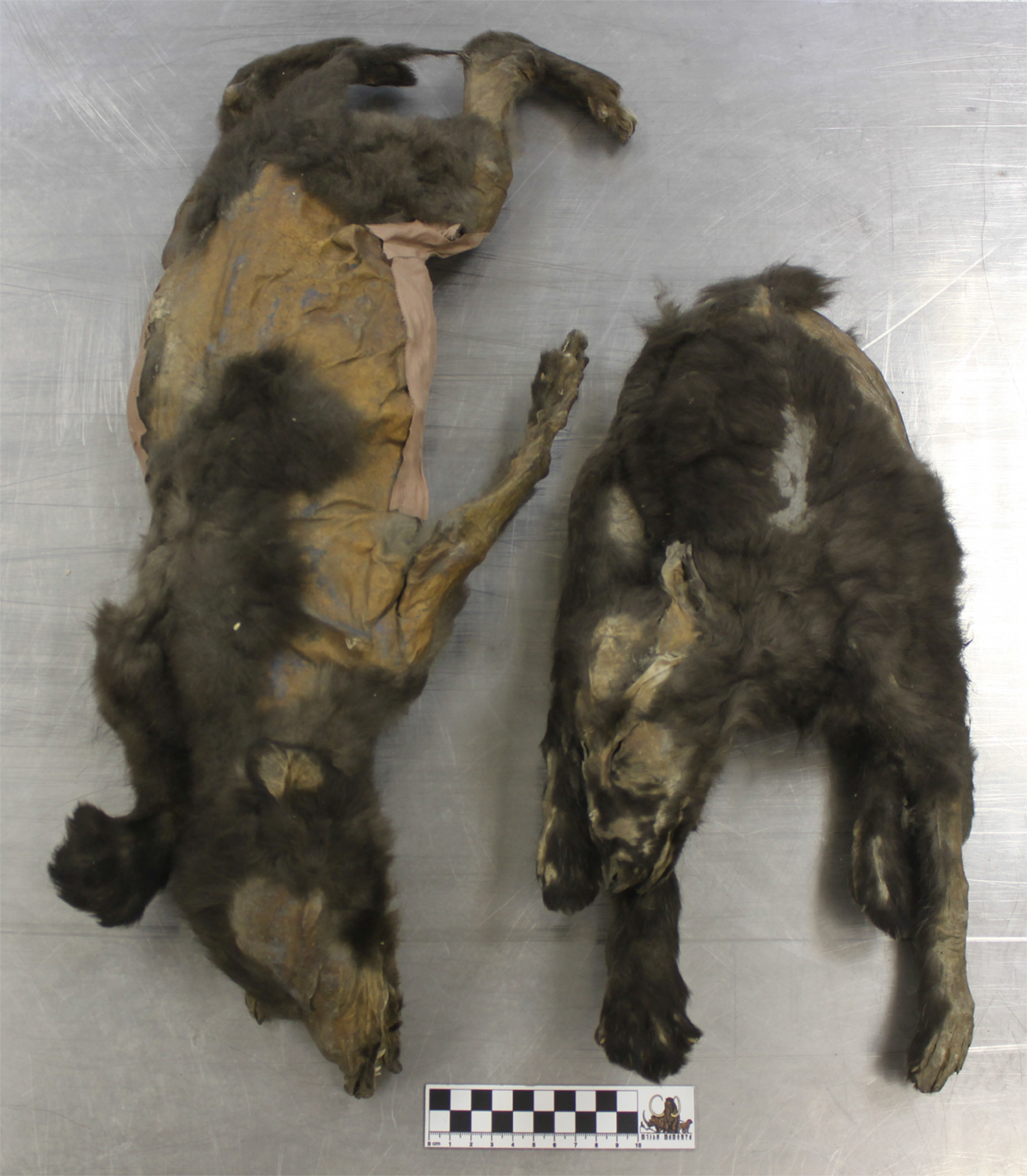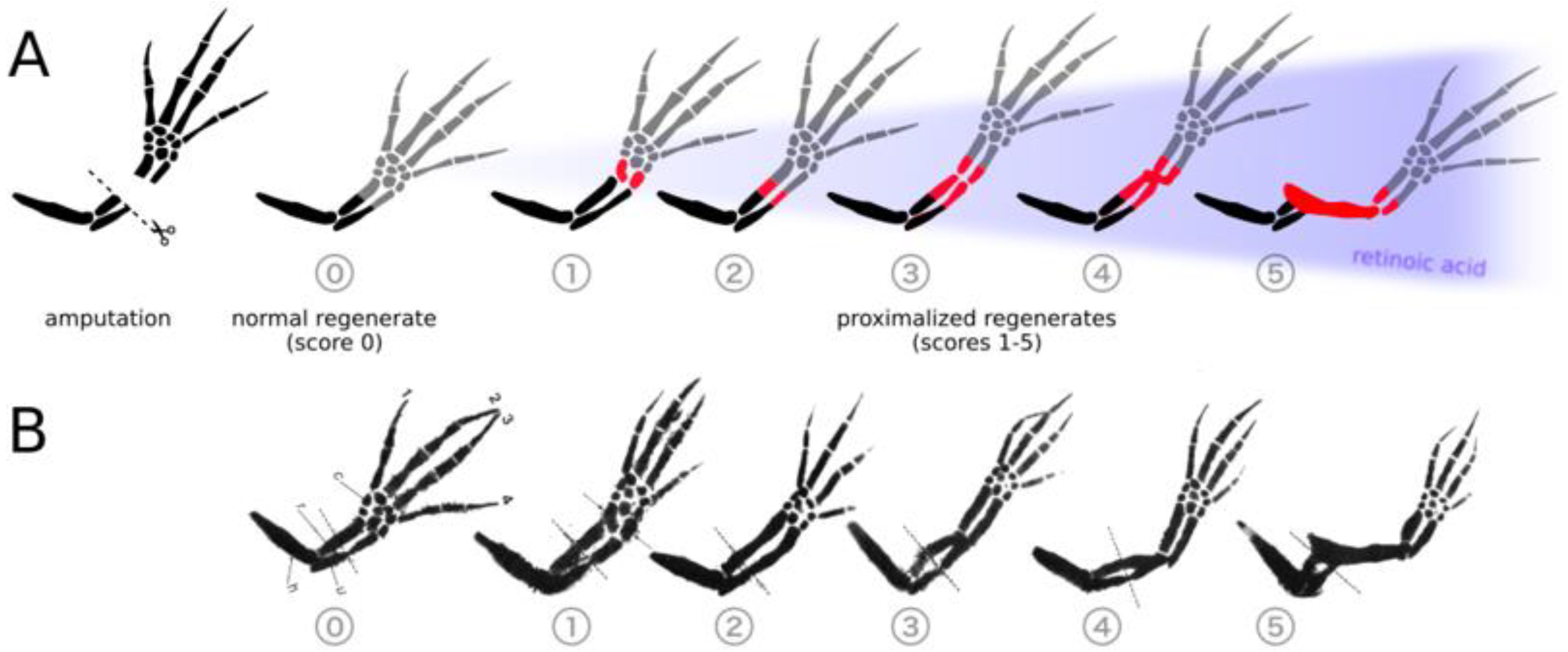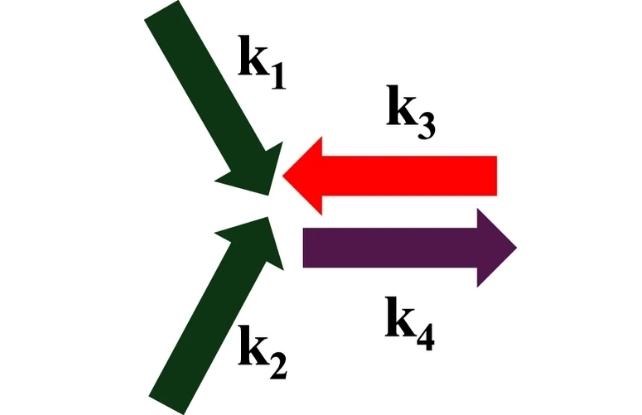14,000-Year-Old Mummified "Puppies" Weren’t Dogs — They Were Wolf Cub Sisters
Unearthed from Siberia’s permafrost, two remarkably preserved 14,000-year-old “puppies” captured global headlines and hope that they might reveal the origins of dog domestication. Recent multidisciplinary research, however, shows these ancient canids were wolf cub sisters, not early pet dogs. Their perfectly frozen bodies have revealed unprecedented details about ice age wolves, their diet, environment, and even their tragic demise.
🧠 1. The Discovery: "Tumat Puppies" in Siberia
In 2011 and 2015, hunters near Tumat, northern Siberia, and scientists uncovered two mummified canid cubs — soon nicknamed the "Tumat Puppies." These pups were entombed in a sandy permafrost layer also containing butchered woolly mammoth bones, complete with cut marks and signs of burning (gizmodo.com).
Initially, their near-perfect preservation—fur, claws, stomach contents intact—led to speculation that they could be the earliest domesticated dogs. Could they have been wolves tamed by ice age humans, or the first sign of dog domestication? The setting near mammoth remains fueled such theories.
However, modern analysis debunks early domestication. Let's explore how scientists uncovered the truth.
2. Ages and Origins: Two Sisters Around Two Months Old
Through genetic and radiocarbon dating, the cubs were identified as female littermates, around 14,046 to 14,965 years old, and about 7–9 weeks old at death (cambridge.org).
Soft tissues were intact—fur, ears, whiskers—prompting scientists from York, Copenhagen, Belgium, Canada, Sweden, and Germany to launch a thorough investigation into their identity, genetics, diet, cause of death, and ecological niche .
3. Genetic Proof: Wolves, Not Dogs
Using ancient DNA analysis, researchers tested genes linked to domestication and wolf ancestry. The pups came from a now-extinct wolf population that did not lead to modern dogs, ruling out domestication (livescience.com).
The original dog hypothesis also relied on the fact that both cubs had black fur—a trait once thought unique to dogs. But DNA showed this gene was present in ancient wolves too (popsci.com).
As Anne Runge, lead author and University of York researcher, said:
“Whilst many will be disappointed… they have helped us get closer to understanding the environment at the time… and how remarkably similar wolves from more than 14,000 years ago are to modern day wolves.” (york.ac.uk)
4. Last Meals and Diet: What They Ate Before They Died
The stomach contents were carefully analyzed—revealing a diverse ancient diet:
-
Woolly rhinoceros calf skin, still largely undigested (sci.news).
-
Feathers of a small bird, likely a wagtail (livescience.com).
-
Plant remains—prairie grasses, willow twigs, and shrub leaves—matching a varied ecosystem (sci.news).
The mix of solid food and still-present signs of nursing indicates the cubs were weaned but still reliant on their mother’s milk (livescience.com).
Scientists propose the adult wolf pack hunted or scavenged a young woolly rhino, bringing the meat back to the den to feed these cubs. The presence of plant material is also consistent with modern wolf diets, which include vegetation (sci.news).
5. Death in the Den: Trapped by a Catastrophe
A striking aspect: neither cub showed wounds or signs of violence. Researchers conclude they died in their den, likely buried by a den collapse or landslide, which sealed them in permafrost instantly (livescience.com).
This frozen tomb preserved internal organs and ecological clues—allowing scientists a time capsule into ice age life.
6. Ice Age Wolf Packs: Behavior and Environment
From the evidence, clear behaviors emerge:
-
Litter size: At least two cubs—modern wolves typically have larger litters, suggesting possible escape of other siblings (livescience.com, york.ac.uk).
-
Den-based rearing: The cubs stayed underground and were fed by adults, typical wolf behavior.
-
Pack-sized prey: Hunting juvenile rhinos suggests larger or more cohesive packs than today’s wolves (york.ac.uk).
-
Mixed diet and mild climate: Plant remains show a diverse ecosystem—grasslands and shrublands—that supported canids, woolly rhino, mammoths, and humans (cambridge.org).
Dr. Nathan Wales from York said:
“We can see that their diets were varied… much like that of modern wolves, and we have an insight into their breeding behaviours too.” (york.ac.uk)
7. No Human Link: Why Domestication Claims Fell Short
Previous links to humans—burnt mammoth bones and presence at a butcher site—were suggestive. However:
-
No evidence that the cubs ate mammoth meat (gizmodo.com, sci.news).
-
They likely lived separately, even if near human activity zones.
-
The genetic makeup was not dog lineage.
-
Their behavior and diet don’t match expected early dog associations (phys.org, sciencenewstoday.org).
As Prof. Runge remarked:
“…there is no evidence that conclusively links them to human activities.” (livescience.com)
Thus, the notion of dabbling wolf cubs kept by hunters is not supported. Instead, these were wild wolves living—and dying—on their own terms.
8. Significance: Rewriting Canid History
This study goes beyond taxonomy:
-
Illuminates ancient ecosystems, showing plant and animal behaviors over 14,000 years ago (sci.news).
-
Demonstrates wolf evolution, showing that ancient wolves had traits—size, imagery—comparable to, or exceeding, modern wolves.
-
Informs domestication timelines: The absence of early dogs here reinforces that dog domestication likely occurred elsewhere or later (livescience.com).
-
Multi-disciplinary value: Combining DNA, isotopes, plant analysis, osteometry, and archaeology sets a new standard for deep-time animal life studies (cambridge.org).
Dr. Linus Girdland-Flink of Aberdeen said the study is a welcome integration of many data sources—essential to study early domestication and animal ecology .
9. The Broader Wolf–Dog Relationship Context
Wolves and dogs diverged genetically 20,000–40,000 years ago. Early dog remains, like the Bonn-Oberkassel dog (~14,200 years ago), offer clearer evidence of human companionship (livescience.com).
The Tumat cubs fall within this divergence period—but their genetic isolation and environment place them firmly in the wild wolf camp (ktvz.com).
This further illustrates how fragile the archaeological trail to early dog domestication really is—populations died out, records are fragmentary, and wild and domestic features often overlap (cambridge.org).
10. What Might Still Be Hidden in the Ice?
-
More cubs: It's likely the Tumat wolves had siblings; permafrost may conceal them (livescience.com).
-
Other species: Maybe more juveniles from other species await discovery.
-
Domestication clues: Discoveries of early adult domesticated dogs in similar areas could sharpen the picture.
11. Final Thoughts: Why These Wolves Matter
-
Tukat Puppies offer a vivid snapshot of ice age wolf life.
-
They correct a narrative that almost claimed them as early pets.
-
Their preservation opens windows into diet, climate, social life, and genetics—rare for juveniles.
-
Their story reminds us how science refines understanding: initial hopes evolve with more data, as in this case where dog hopes shifted to amazing wolf insights.
Quick Recap
| Topic | Insight |
|---|---|
| Identity | Wolf cub sisters, 14k years old |
| Age and cause of death | ~2 months, trapped in collapsed den |
| Diet | Woolly rhino, bird feathers, plants, nursing |
| Environment | Dry, diverse forage landscape |
| Human association? | No—no mammoth meat, no domestication genes |
| Scientific value | Rare juvenile preservation, ecosystem portrait |
FAQs
Q. Could they still be early domesticated dogs?
A: No. DNA proves they belong to a wild, extinct wolf population with no links to modern dogs (york.ac.uk, livescience.com, ktvz.com, cambridge.org).
Q. Why the woolly rhino meal?
A: Likely a calf hunted or scavenged by the pack. Adult wolves today also hunt juvenile large prey .
Q. How did they die?
A: They were resting in their den when a landslide or collapse buried them—no signs of illness or predation .
Q. What does their black fur indicate?
A: A gene for black coat existed in wild wolves too—once thought to be dog-only .
Q. Why is this study important?
A: It uses multidisciplinary methods to reconstruct a wildlife snapshot from 14,000 years ago—rare, rich, and revealing .
Conclusion: Wolves, Not Puppies, Teaching Us History
What began as a sensational discovery turned into a powerful testament to the wildness of our past. The Tumat pups aren’t the earliest dogs—but they are time capsules of ice age wolf life.
Through genomics, chemistry, and ecology, they tell a complete story: born in a robust ecosystem, fed by their pack, consumed giant prey, and tragically entombed in a natural disaster. Their lives echo in their remains—14,000-year-old messages frozen in time.
Open Your Mind !!!
Source: LiveScience






